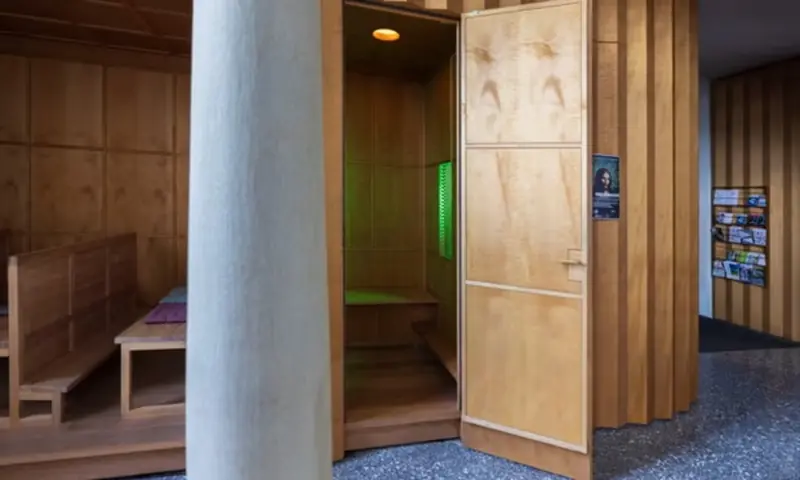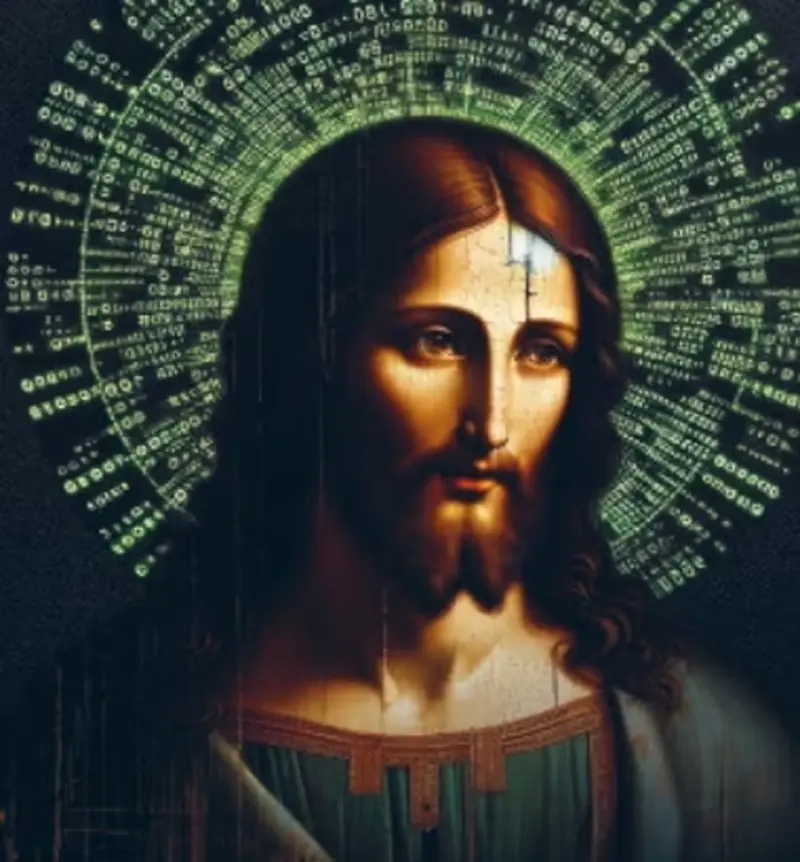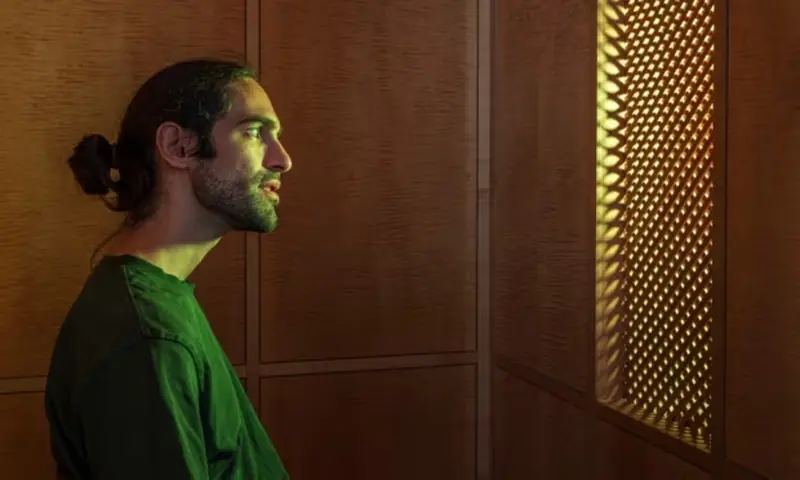
The Chapel of St. Peter in Lucerne has replaced the priest’s confessional with a digital avatar of Jesus. This installation, titled Deus in Machina, is part of a scientific initiative from a local university’s research lab that explores immersive reality.
This small church has long been considered the oldest in Lucerne. However, after the introduction of the AI Jesus avatar in the confessional, it has been recognized as open to innovation. Yet, some have criticized this groundbreaking move.

What Else Is Known About the New Experience at St. Peter’s Chapel
“This was a genuine experiment. We wanted to see and understand how people react to an AI Jesus. What do they talk about with him? And will they find it interesting to engage in conversation? We are probably pioneers in this,” said the church’s theologian, Marco Schmid.
After a series of experiments with virtual and augmented reality, the research team reached an agreement with St. Peter’s Church that the next step would be to implement such an avatar in its confessional. Marco Schmid noted, “We discussed whose avatar it would be – a theologian, a person, or a saint? But then we realized that the best figure would be Jesus himself.”
As a result, the church installed an AI-powered computer program in its confessional. After training it on theological texts, visitors were invited to ask questions to the digital image of Jesus, which was projected through a mesh screen. He responded in real-time, utilizing answers generated by artificial intelligence.

People were advised not to disclose any personal information during the interaction. Over the two-month experiment, more than 1,000 individuals, including Muslims and tourists from distant countries like China and Vietnam, took the opportunity to converse with the AI Jesus avatar.
Data on the experiment’s results will be presented to the scientific community soon. According to feedback from 230 users, two-thirds described it as a “spiritual experience,” Schmid reported. However, there were also some negative responses. Some participants found it quite challenging to converse with a machine. One local reporter, who also took the opportunity to engage with the AI avatar, described its responses as rather mundane.
According to the theologian, the experiment faced criticism from some members of the church community. Catholic colleagues protested against such use of the confessional, while Protestant colleagues were likely outraged by the use of such an image for the installation. Ultimately, the creators of the idea decided that the AI avatar should remain an experiment, as reported by The Guardian.
Nonetheless, they emphasized the positive potential of this concept. “It’s truly a simple, accessible tool for discussing religion, Christianity, and faith,” Marco Schmid remarked.
